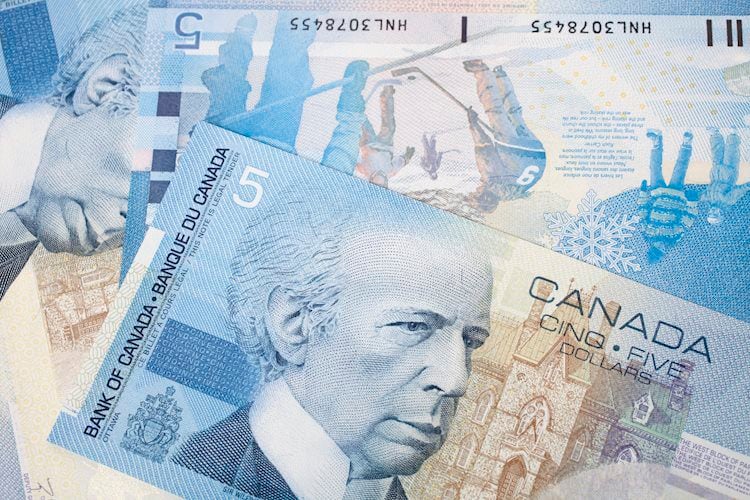- USD/CAD corrects sharply as Fed Powell admits progress in the disinflation process.
- Fed Powell sees risks to price pressures as more balanced.
- This week, investors will pay close attention to the labor market data for June from the US and Canada.
The USD/CAD pair extends its correction to near the round-level support of 1.3700 in Tuesday’s New York session. The Loonie asset declines as the US Dollar retreats after Federal Reserve (Fed) Chair Jerome Powell’s commentary at the European Central Bank (ECB) Forum on the Central Banking in Sintra, Portugal.
Fed Powell said that the central bank has made quiet a bit progress in inflation and latest data suggests that the disinflation process has resumed. However, he reiterated that more good inflation data is needed before cutting interest rates. Powell added that risks to inflation are more balanced. He also said that an unexpected weakness in the labor market could force them to react on interest rates.
The US Dollar Index (DXY), which tracks the Greenback’s value against six major currencies, falls back to 105.80.
Going forward, the major trigger for the US Dollar will be the United States (US) Nonfarm Payrolls (NFP) data for June, which will be published on Friday.
Meanwhile, the Canadian Dollar remains under pressure even though higher-than-expected May inflation data have diminished expectations that the Bank of Canada (BoC) will deliver rate cuts sequentially.
This week, the Canadian Dollar will dance to the tunes of the Employment data for June, which will be published on Friday. Economists expect that the Unemployment Rate increased to 6.3% from the prior release of 6.2%. Canadian employers hired 22.5K workers, which was lower than the former reading of 26.7 K.
Economic Indicator
Net Change in Employment
The Net Change in Employment released by Statistics Canada is a measure of the change in the number of people in employment in Canada. Generally speaking, a rise in this indicator has positive implications for consumer spending and indicates economic growth. Therefore, a high reading is seen as bullish for the Canadian Dollar (CAD), while a low reading is seen as bearish.
Next release: Fri Jul 05, 2024 12:30
Frequency: Monthly
Consensus: 22.5K
Previous: 26.7K
Source: Statistics Canada
